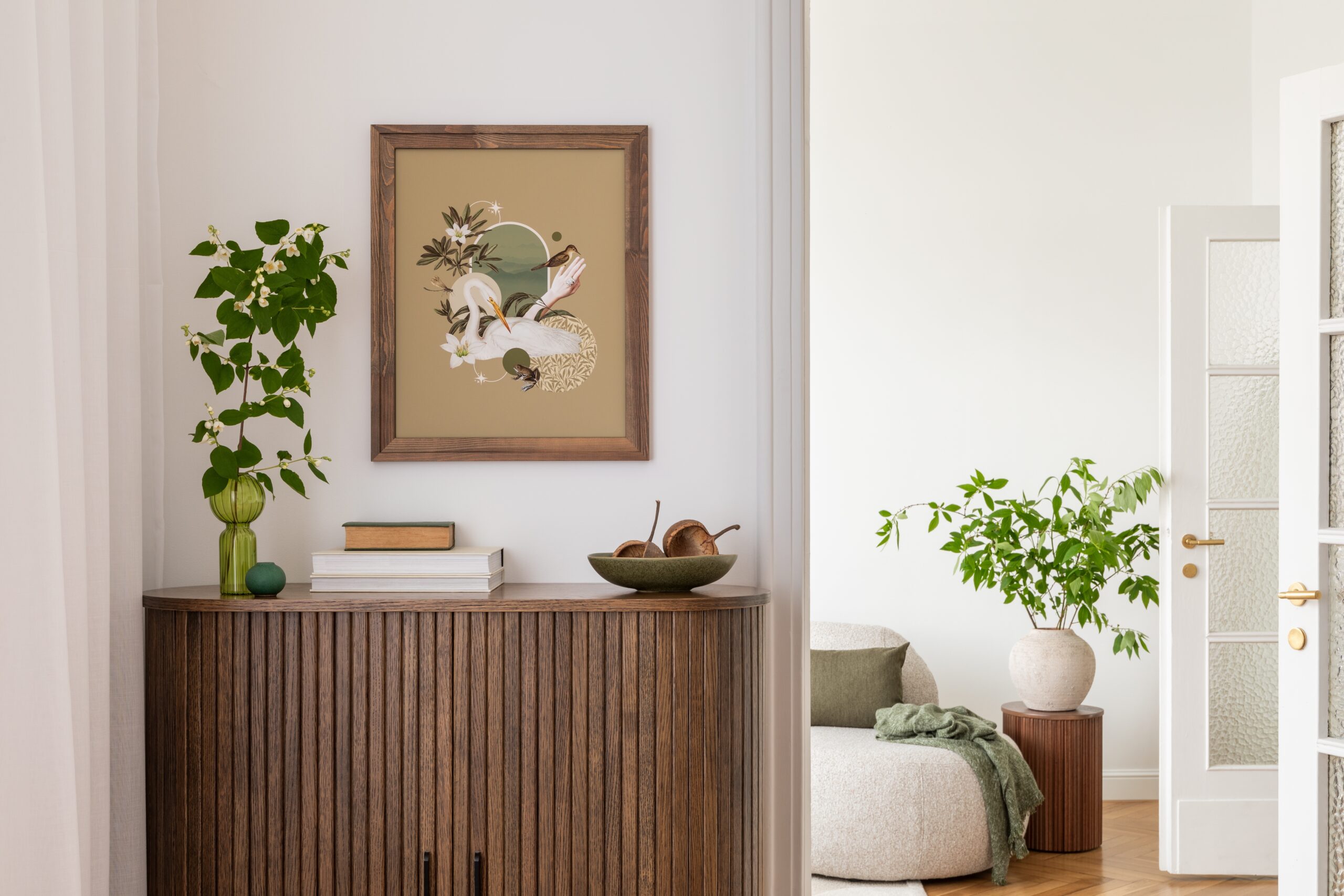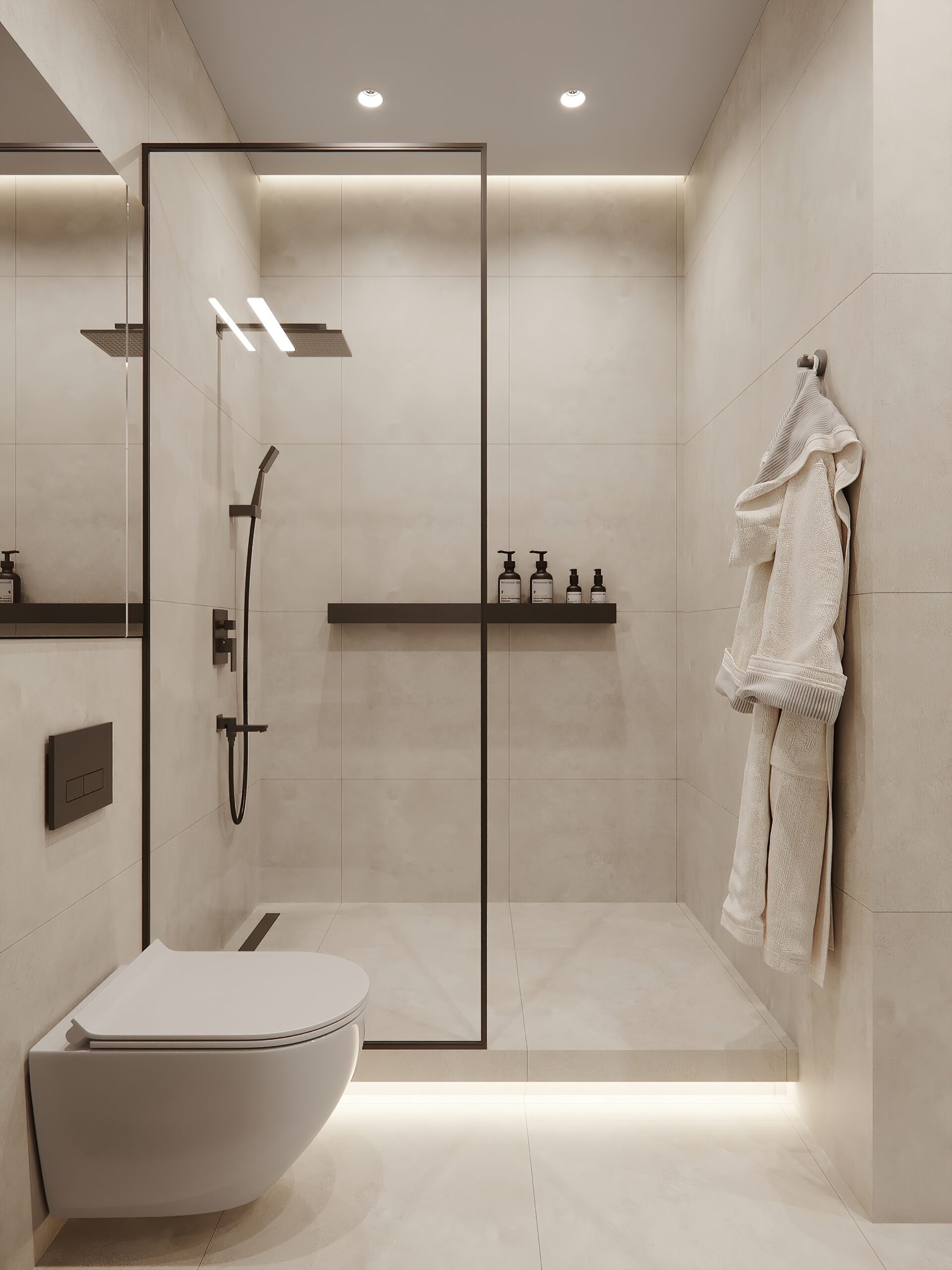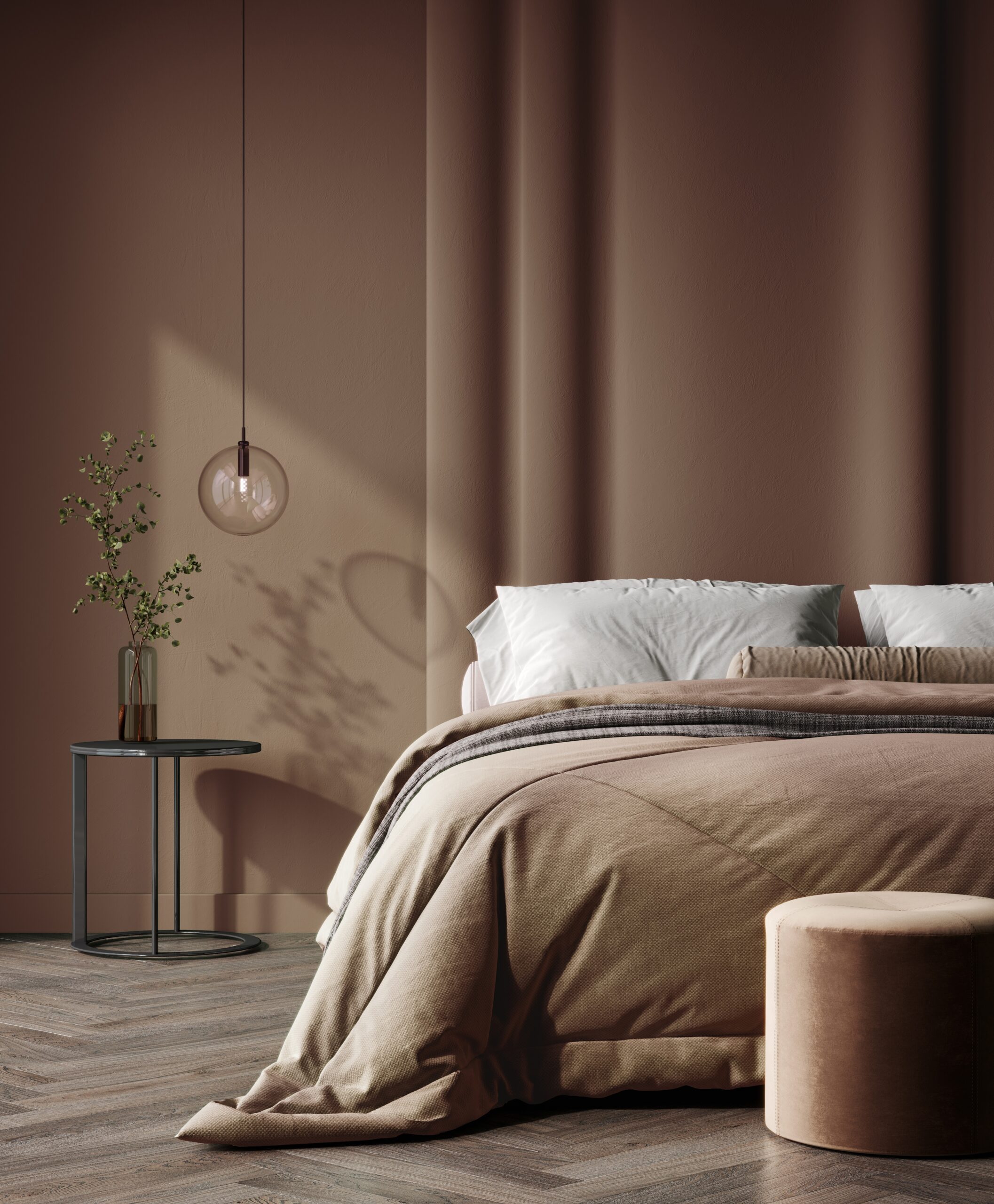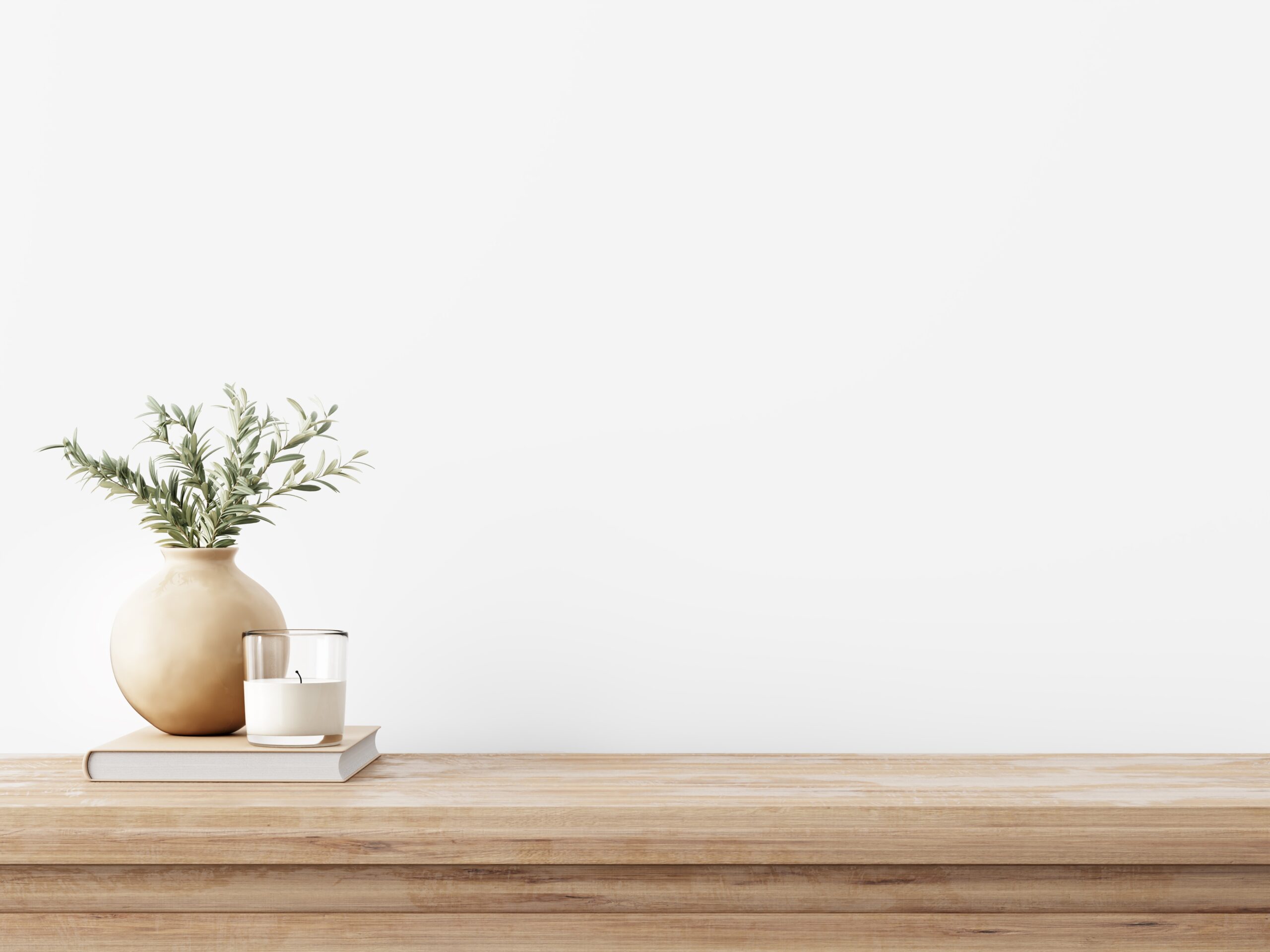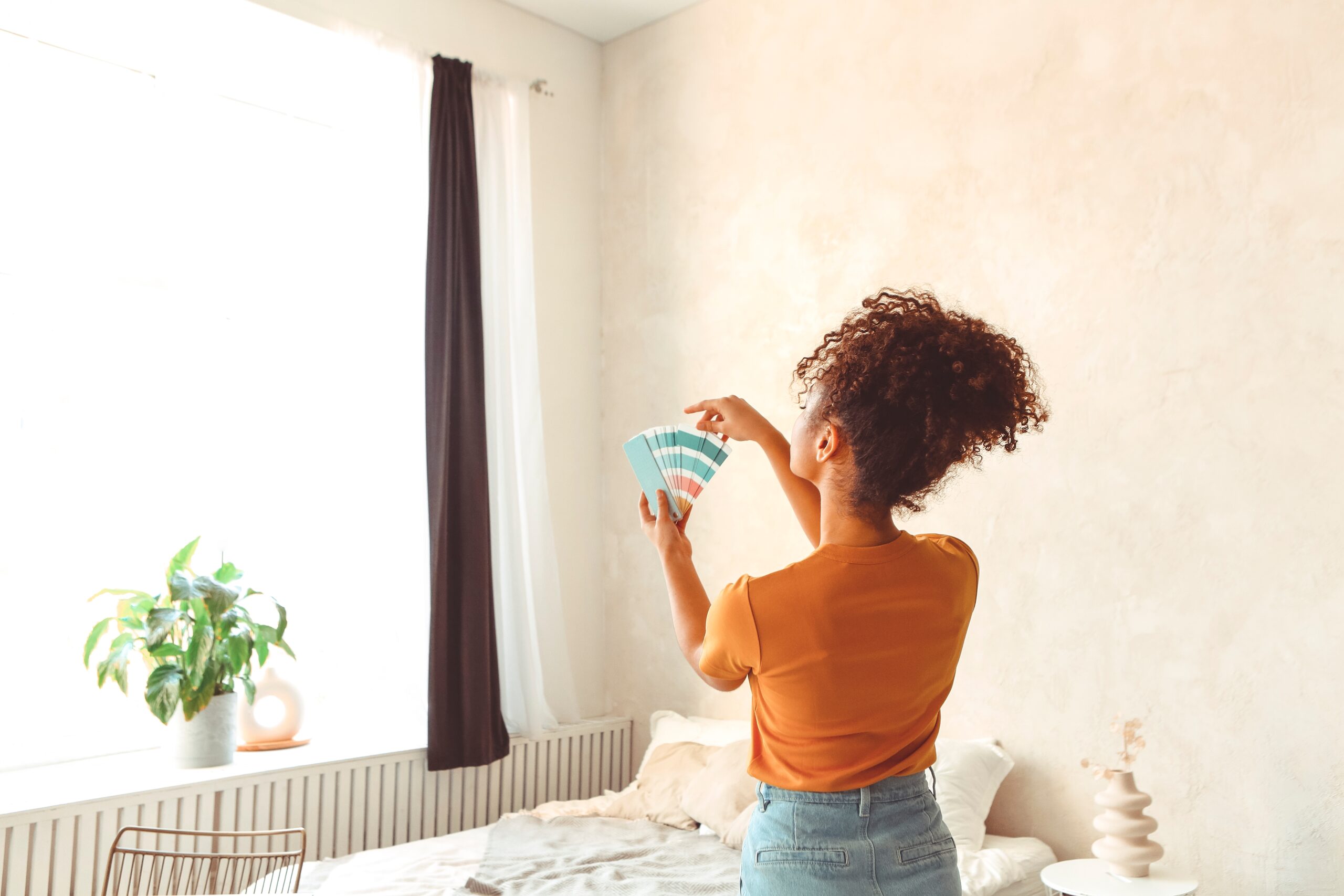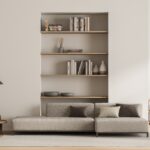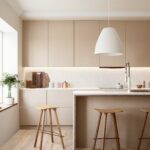Have you ever walked into a space and instantly felt calm—or strangely tense—without knowing why? That’s the psychology of space at work. The way we arrange, colour, and interact with our environments affects everything from our mood and focus to our energy and sleep. This article explores how your surroundings influence your mind, and how you can shape your space to support your wellbeing, creativity, and emotional balance—without needing a psychology degree or a full renovation.
Outline
- What Is Environmental Psychology?
- Mood and Colour: The Power of a Palette
- Light: The Invisible Mood Setter
- The Role of Space and Flow
- How Clutter Impacts Mental Clarity
- Natural Elements: Biophilic Design Explained
- Texture and Touch: More Than Meets the Eye
- Scent, Sound, and the Multisensory Home
- Creating Spaces That Match Your Emotional Needs
- Final Thoughts: Designing for the Mind
What Is Environmental Psychology?
Environmental psychology is the study of how physical spaces influence human behaviour and emotions. It’s not just about aesthetics—it’s about how space makes us feel.
Key ideas include:
- Our surroundings can boost or hinder mental health.
- Design choices can influence stress levels, productivity, and mood.
- People thrive in spaces that reflect their identity and offer sensory comfort.
Mood and Colour: The Power of a Palette
Colour has a proven psychological impact. Even subtle differences in hue can trigger emotional responses.
| Colour | Psychological Effect |
|---|---|
| Blue | Calming, good for focus |
| Yellow | Uplifting and energising |
| Green | Balancing and refreshing |
| Red | Stimulating, increases energy and appetite |
| Neutrals (beige, taupe) | Grounding, minimal distraction |
Tip:
Use cool tones in high-stress areas like bedrooms, and warm accents in social spaces for vibrancy.
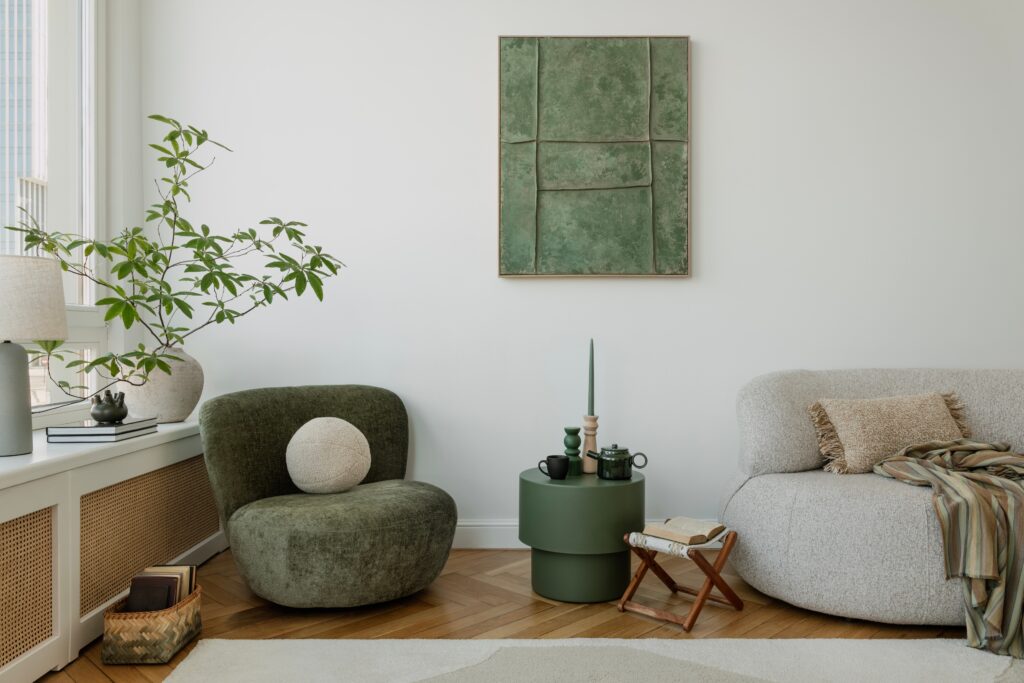
Light: The Invisible Mood Setter
Light shapes our circadian rhythms, mood, and productivity. Poor lighting can cause eye strain, fatigue, and even low mood.
To optimise light:
- Use natural daylight as much as possible
- Add layered lighting: overhead + task + ambient
- Choose warm bulbs for relaxing areas and cooler bulbs for work zones
- Use mirrors to amplify brightness in darker corners
“Light is one of the most powerful, invisible tools in mood-based design.”
The Role of Space and Flow
Tight spaces and poor layout can make us feel trapped, distracted, or overwhelmed. Creating visual and physical flow is key to emotional ease.
Spatial psychology in action:
- Open layouts promote freedom and connection
- Clear walkways reduce subconscious stress
- Defined zones help the brain focus (e.g. reading nook vs. work desk)
- Use rugs, lighting, or furniture to anchor spaces without walls
How Clutter Impacts Mental Clarity
Clutter overloads the brain with stimuli, making it harder to focus, relax, or even fall asleep.
Decluttering = mental decluttering
Even a 10-minute tidy-up can:
- Improve focus
- Lower stress hormones
- Give a sense of control and calm
A clear surface often leads to a clearer state of mind.
Natural Elements: Biophilic Design Explained
Biophilic design is the practice of bringing nature indoors to support human wellbeing. And yes, it’s backed by science.
Benefits include:
- Lowered cortisol levels (stress hormone)
- Improved air quality
- Boosted creativity and memory
- Stronger emotional connection to home
| Natural Element | How to Use It |
|---|---|
| Plants | Real or faux—both offer visual comfort |
| Wood | Furniture, décor, or flooring |
| Water | Tabletop fountains, fish tanks, soundscapes |
| Stone | Countertops, candle holders, decorative bowls |
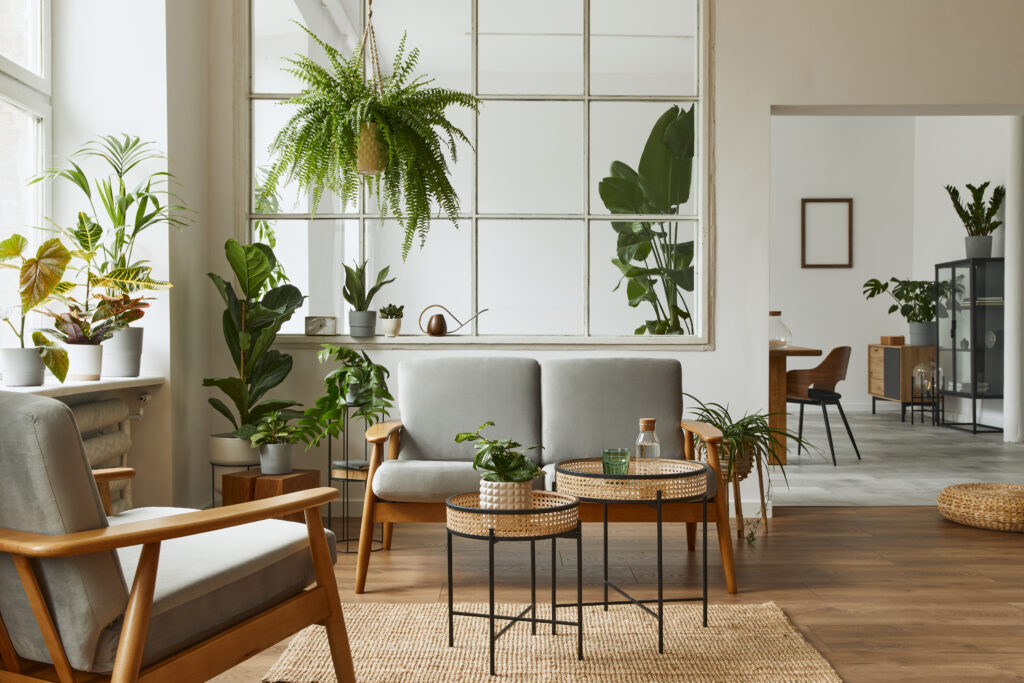
Texture and Touch: More Than Meets the Eye
We don’t just see our homes—we experience them through touch.
Soft textures = comfort and calm
Think: throws, cushions, natural fibres, upholstery
Hard textures = clarity and function
Think: metal accents, glass, polished stone
The best interiors include a balance—soft for coziness, structured for support.
Scent, Sound, and the Multisensory Home
Your brain is wired to respond to all five senses, so consider how your space smells and sounds too.
Scent Ideas:
- Lavender or chamomile = calm
- Citrus or mint = focus and clarity
- Baking spices = comfort and nostalgia
Sound Tips:
- Use white noise or nature soundtracks for focus
- Add textiles (rugs, curtains) to absorb harsh echoes
- Play calming music in winding-down areas
Creating Spaces That Match Your Emotional Needs
Design isn’t just decoration—it’s self-care. Your space should support who you are and what you need most.
Ask yourself:
- Do I need a calming retreat, or an energising space?
- What triggers stress in my home—noise, clutter, chaos?
- Where do I feel most at peace? Why?
Then start small:
- Make one space a “mood zone”: a chair by a window, a lamp-lit corner, a plant shelf
- Prioritise function first, then add beauty
- Use rituals to create boundaries—like lighting a candle at the end of the workday
Final Thoughts: Designing for the Mind
You don’t need a degree in psychology or a designer budget to create a mood-supportive space. You just need awareness—and a willingness to experiment.
Your environment matters. It shapes your energy, your focus, your rest, and your joy.
Let your space work with your mind—not against it.
You Might Also Like:
- Bedroom Sanctuaries: How to Create a Space That Truly Rests You
- How to Refresh Your Space Without Buying Anything New
- Calm, Chic, and Clutter-Free: Designing a Dream Bathroom


